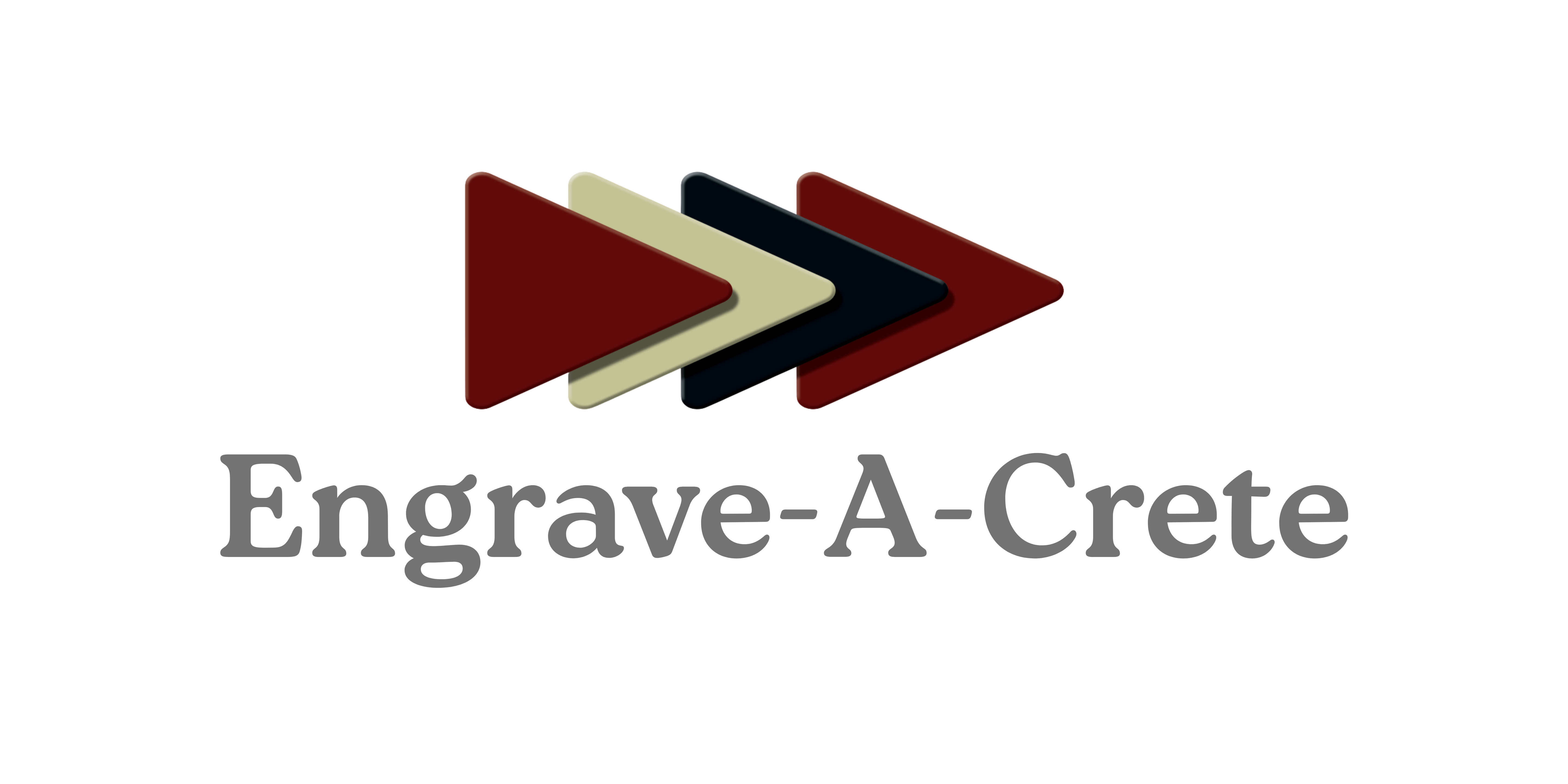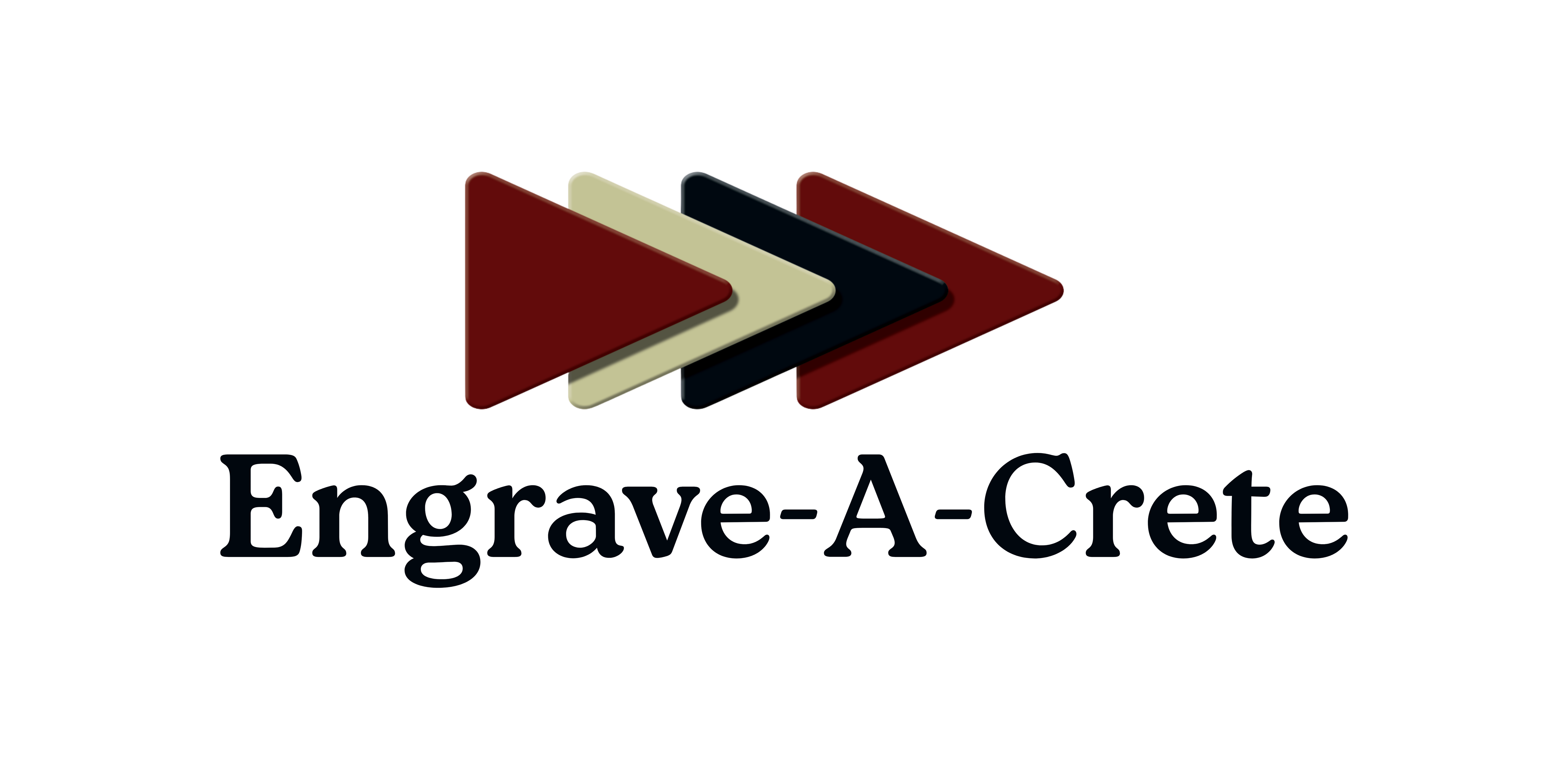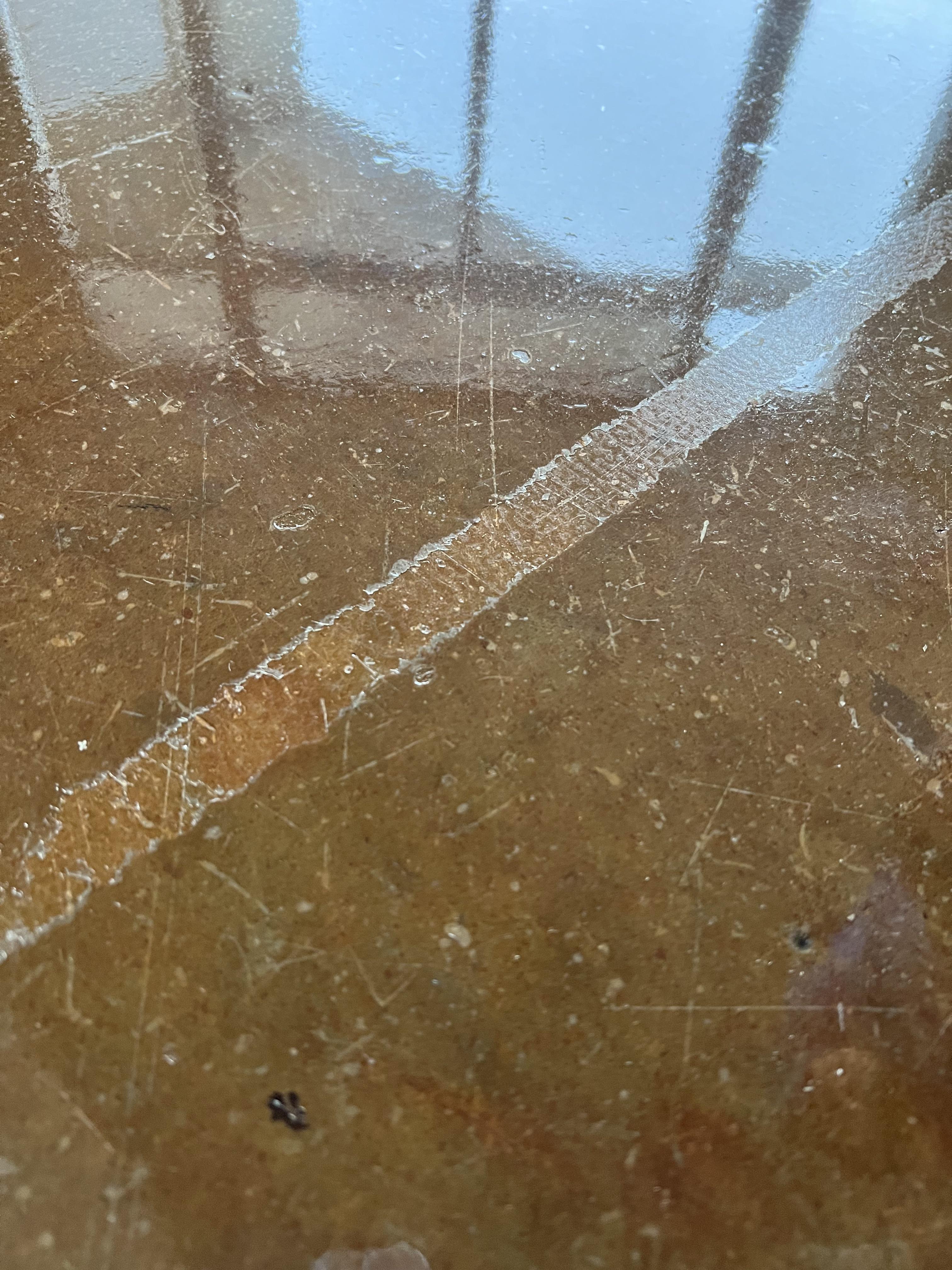Article: Concrete Finishing Options Explained: Engraving vs. Stamping vs. Overlay
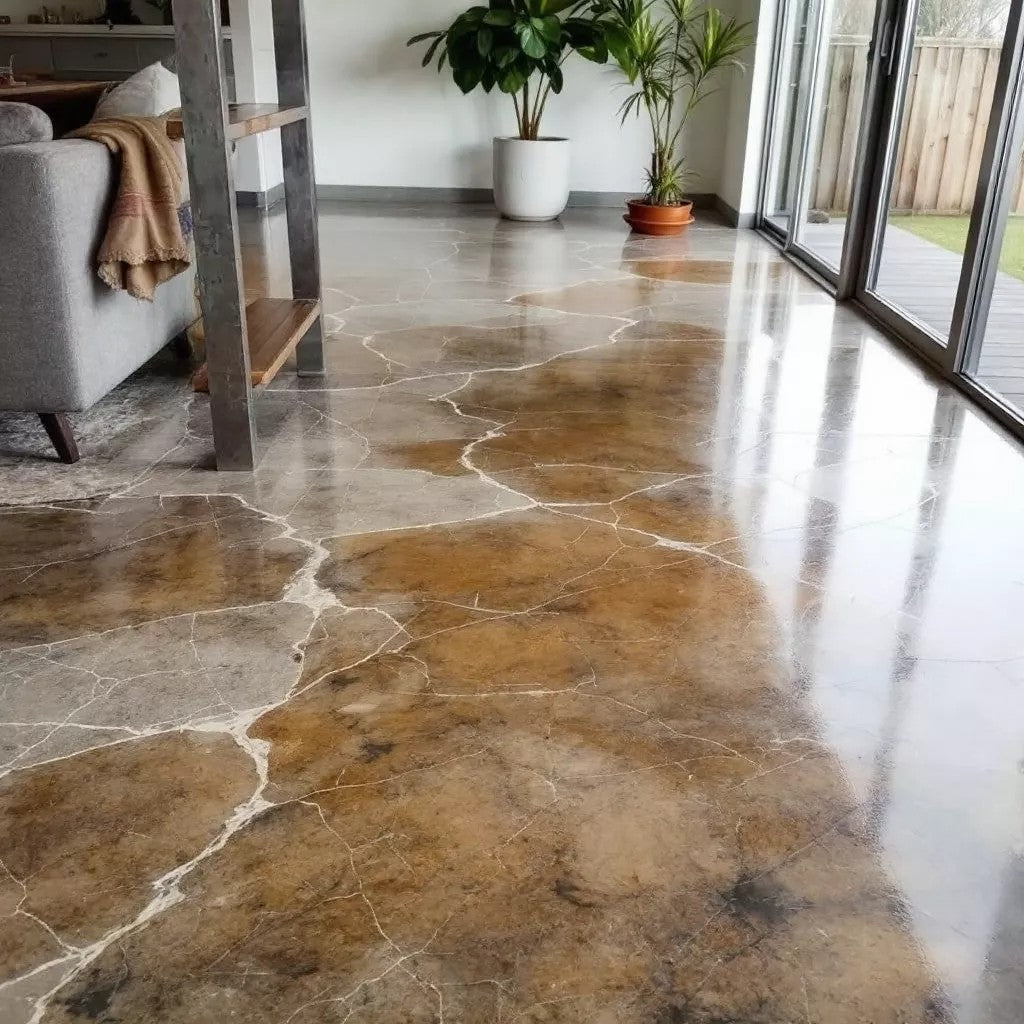
Concrete Finishing Options Explained: Engraving vs. Stamping vs. Overlay
Most people choose stamped concrete without knowing what engraving concrete can offer. If you've ever wondered how these options really compare, you're not alone. Understanding the benefits of concrete engraving versus stamping or overlays can save you time and money on your next project. Not only can engraving add unique designs to existing concrete, but it can also be applied to overlayed and stamped concrete to further personalize and enhance their appearance. Let's break down what makes each method unique and find out which one fits your needs best. For more information on engraving techniques, check out this helpful guide.
Understanding Concrete Finishing
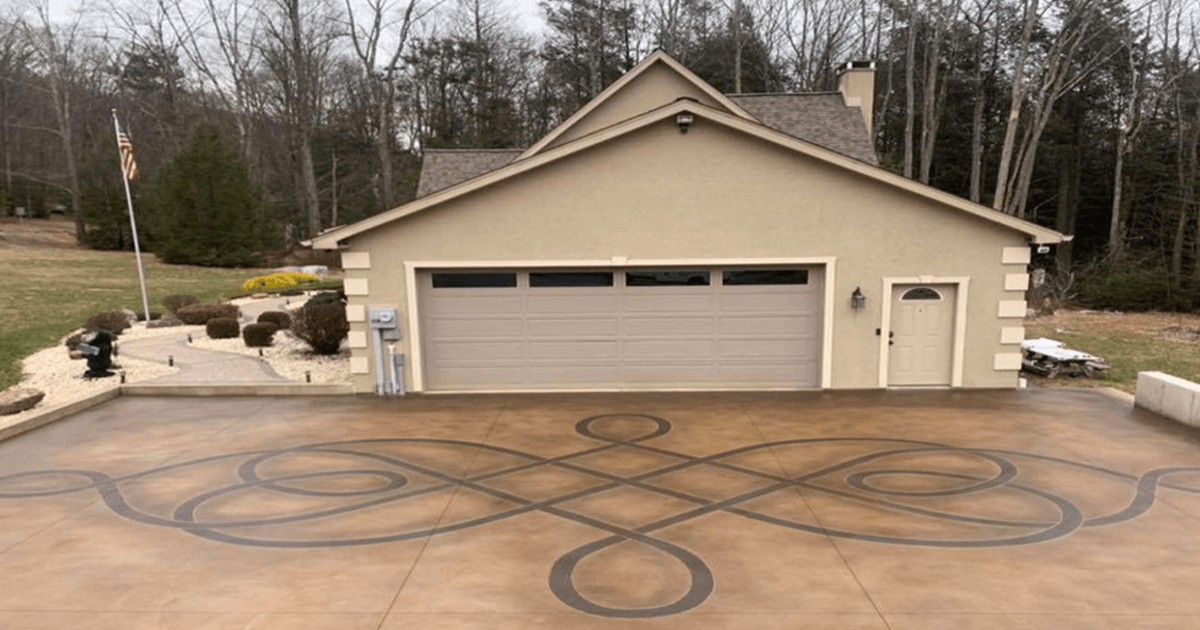
Concrete finishing goes far beyond the basic gray slab. Today's options let you create surfaces that mimic expensive materials at a fraction of the cost.
Engraving Concrete Basics
Engraving concrete works like carving into an existing slab. This process uses special tools to cut designs directly into cured concrete surfaces.
The magic of engraving happens through specialized equipment that creates grooves of various depths in your concrete. These cuts can form patterns like tile, stone, or custom designs. Unlike other methods, engraving works with what you already have - your existing concrete.
Want to know what makes this method stand out? Engraving doesn't add height to your surface. This matters when you're working near doorways or need to match existing floor heights. The process also creates permanent designs that won't peel or separate from the base concrete.
You might be surprised to learn that engraved concrete can be colored before or after the cutting process. This gives you incredible design freedom. According to concrete engraving experts, this technique works on concrete of almost any age - even decades old.
Stamped Concrete Explained
Stamped concrete creates texture and patterns by pressing molds into fresh concrete. Think of it as making a giant cookie impression, but in wet concrete.
The stamping process happens during concrete installation when the surface is still wet but firm enough to hold an impression. Contractors place special rubber molds onto the semi-hardened concrete and press them down to create the desired pattern. This must happen during a specific time window - too early and the concrete won't hold the pattern; too late and it won't accept the stamps.
Many homeowners choose stamped concrete for its wide range of pattern options. You can mimic brick, stone, slate, and even wood. The results can be stunning when done right.
But here's what most contractors won't tell you upfront: stamped concrete requires perfect timing and skilled labor. Small mistakes during the stamping window can ruin the entire project. And unlike engraving, you can't add stamped patterns to existing concrete - it's only for new installations.
Concrete Overlay Advantages
Concrete overlays add a fresh layer of material on top of existing concrete. This thin new surface creates a blank canvas for decorative treatments.
Overlays shine when your existing concrete has minor damage but remains structurally sound. Instead of tearing out and replacing the entire slab, contractors apply a special concrete mix - typically 1/4 to 3/4 inch thick - over your current surface. This fresh layer bonds to the original concrete and creates a new finish.
The biggest win with overlays? You can completely change your concrete's look without demolition. This saves time, money, and creates less mess. Overlays accept colors, stamps, and textures just like new concrete.
But not all concrete can receive an overlay. The base must be in good condition with no major cracks or shifting. And overlays add height to your finished surface - a potential problem near doorways or when matching adjacent flooring. For stunning overlay design ideas, check out these decorative concrete patio designs.
Benefits of Concrete Engraving

Now that you understand the basics, let's explore why engraving stands out from other concrete finishing methods.
Comparing Engraving and Stamping
When you place engraving and stamping side by side, key differences emerge that affect your project's cost, timeline, and results.
Engraving works on existing concrete of almost any age, while stamping only happens during new concrete installation. This single difference can save you thousands in demolition and new concrete costs. With engraving, your weekend project doesn't turn into weeks of construction.
Precision is another major difference. Stamping creates general patterns with some natural variation, which works for rustic looks. Engraving allows for exact cuts and custom designs down to the millimeter. Want perfect geometric shapes or precise borders? Engraving delivers what stamping can't.
Weather factors play a huge role too. Stamping depends heavily on perfect weather conditions during installation. Too hot, too cold, or too windy can ruin the entire project. Engraving happens after the concrete has cured, so weather concerns drop dramatically.
The long-term durability comparison might surprise you. As experts point out, geometric engraving creates patterns that maintain their definition even as concrete wears. Stamped patterns can lose detail over time as the surface layer wears down.
Why Choose Engraving Concrete
Engraving concrete offers unique benefits that make it the smart choice for many homeowners and contractors looking to upgrade existing surfaces.
First, the cost savings can be substantial. Engraving works with your existing concrete, eliminating demolition, removal, and new installation expenses.
Design flexibility ranks high among engraving benefits. Want a custom logo in your commercial space? Need to match an unusual tile pattern? Engraving handles custom designs that stamping templates simply can't achieve. Your imagination becomes the main limitation, not the technique.
Maintenance simplicity makes engraving attractive for busy homeowners. The engraved lines create natural breaks in the concrete that work with the material's tendency to crack over time. These controlled joints direct cracking where you want it, not randomly across your beautiful surface.
Did you know engraved concrete typically takes less time to complete? Most residential projects finish in 2-3 days compared to 1-2 weeks for new stamped concrete. This means less disruption to your home or business.
Choosing the Right Option

With three solid options on the table, how do you decide which concrete finishing method best suits your specific project?
Factors to Consider
Making the right choice comes down to evaluating your specific situation against practical factors that impact success.
Start by looking at what you already have. Is your concrete in good condition? If yes, engraving offers immediate benefits. If your concrete shows major damage or structural issues, replacement with stamped concrete might make more sense. For minor damage but sound structure, overlays could be your best bet.
Think about your timeline needs. Engraving an existing patio might take 2-3 days total. An overlay typically requires 3-5 days. New stamped concrete needs 7-14 days from demolition through final curing. Can your schedule handle the difference?
Location plays a critical role too. Indoor projects have different needs than outdoor ones. Areas with freeze-thaw cycles put special stress on stamped concrete and overlays. Engraving, which doesn't change the concrete's basic structure, often handles these challenges better.
The right finish also depends on your long-term plans. Are you staying in your home for decades or preparing to sell? Different approaches make sense depending on your time horizon.
Tips for Homeowners and Pros
These practical tips will help you get the best results no matter which concrete finishing method you choose.
For homeowners considering engraving concrete: Ask contractors to show samples of their work in person, not just photos. The depth and quality of cuts vary widely between professionals. Also, request a small test cut in an inconspicuous area before committing to the full project.
When evaluating stamped concrete, pay attention to the number of pattern stamps the contractor uses. More stamps mean less repetition in your final pattern. Quality contractors use at least 4-6 different stamps for natural-looking results.
For overlay projects, proper surface preparation makes or breaks success. Ask specifically about how the contractor will prepare your existing concrete. Good answers include diamond grinding, shot blasting, or aggressive acid etching - not just pressure washing.
Color selection trips up many projects. Remember that concrete colors appear different when wet versus dry. Always look at fully cured samples in lighting conditions similar to your project area. What looks perfect in the showroom might disappoint in your backyard.
Planning matters most for stamped projects. Have your contractor explain their backup plan for weather delays. Will they have enough staff if the concrete sets faster than expected? These contingencies separate professionals from amateurs.
The most successful concrete projects start with honest assessment of your needs. Would you rather pay more upfront for new stamped concrete, or is the value and speed of engraving your existing surface more important? By weighing these factors against your specific situation, you'll find the perfect concrete finishing solution for your home or business.
